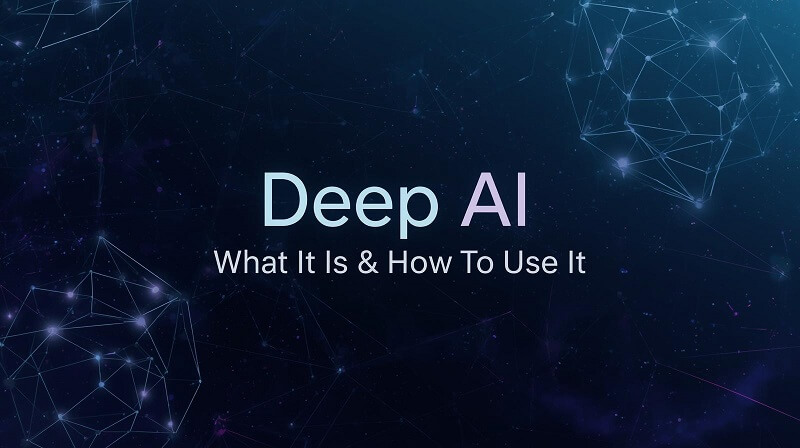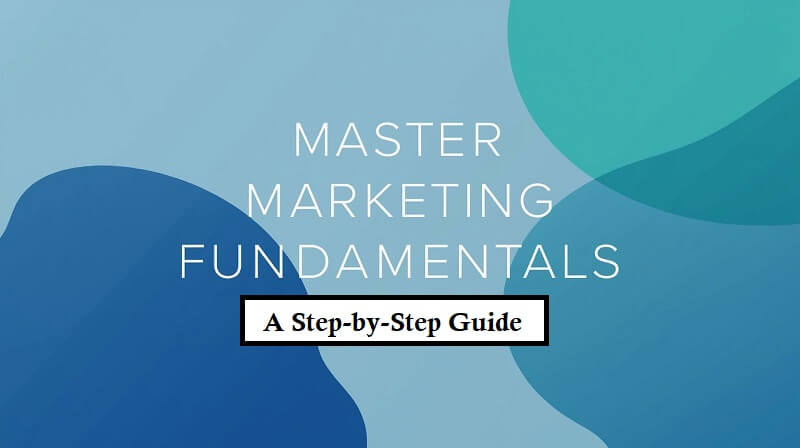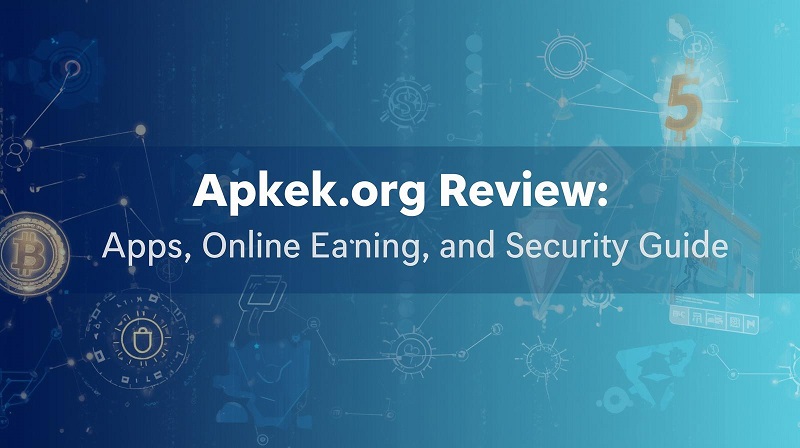Artificial Intelligence (AI) is crafting our destiny in manners we may want to rarely have imagined a couple of decades again. From autonomous automobiles to clever chatbots and photorealistic picture mills, AI has taken over all around us. But at the very heart of this era? The reaction is Deep AI — a sturdy and complex type of artificial intelligence able to question, reason, and get to know like human beings.
If you have ever been curious about what Deep AI actually is, how it works, or how you can apply it to your personal existence or business venture, this article will tell you everything in clear, easy-to-understand, and applicable language. Just as users often wonder why does AliExpress appear in another language, understanding how AI systems interpret and personalize information can shed light on how technology adapts to different user preferences and contexts.
What Is Deep AI?
Deep AI is a sub-branch of synthetic intelligence that employs intricate algorithms, or what are known as neural networks, to mimic the structure and characteristic of the human mind. Unlike easy AI, which is predicated on pre-programmed rules, Deep AI learns from widespread records, permitting it to make unbiased judgment, understand styles, and make choices.
In other phrases, Deep AI is able to:
- Comprehend herbal language
- Identify pics and faces
- Translate textual content in actual-time
- Predict outcomes based on beyond information
- Create creative works which includes tune, writing, and visible artwork
The word “Deep” is derived from deep studying, a method in AI that strategies statistics in multiple layers, permitting machines to apprehend the data they process deeply.
The History of Deep AI
AI didn’t suddenly become “deep.” The development of Deep AI started out in the mid-20th century while pc scientists started out playing with algorithms that allow computer systems to simulate human wandering.
Let’s have a short overview of how Deep AI advanced:
- 1950s – AI was born with Alan Turing’s “Turing Test,” which proposed machines mimicking human intelligence.
- 1980s – Basic Neural Networks: Researchers constructed basic neural networks, but computational power was limited and hindered development.
- 2000s – Big Data Revolution: As huge information emerged and faster GPUs became available, deep studying models gained momentum.
- 2010 – Emergence of Deep AI programs: Deep AI began to power voice assistants (like Siri and Alexa), picture reputation software, and AI translators.
- 2020 – Contemporary Deep AI: Fields which include Deep AI now offer the public the right of entry to excessive-stop gadget studying models, permitting anyone to create, examine, and innovate.
How Deep AI Works
- Input data: Information comes in – it can be anything like images, text, sounds or just numbers.
- Neural Networks: Data goes through stacks of artificial neurons. Each stack recognizes features and patterns.
- Processing: The AI digests relationships between inputs, learns relations and enhances precision.
- Output Generation: And lastly, it generates a result — such as identifying a cat in an image, creating text, or stock trend prediction.
For instance, if you post 10,000 car images, Deep AI will learn to identify any car — not just ones that have been shown to it before.
Why Deep AI Matters
Deep AI is sincerely shaking matters up in industries around the sector. Its ability to sift through big amounts of information and pull out the absolutely vital stuff is fairly precious.
Here’s why this generation is one of these warm topics right now:
- Sharp accuracy: Deep AI can address obligations like translation, detection, and prediction with accuracy that is almost equal to people.
- Automation Power: It handles a whole lot of the grunt paintings, meaning fewer repetitive duties for human beings to do manually.
- Creativity: Tools like Deep AI’s photo and textual content mills produce creative virtual content material.
- Accessibility: Thanks to online tools consisting of Deep AI, sophisticated device getting to know is to be had to all — not merely records scientists or programmers.
In easy phrases, Deep AI closes the loop between uncooked statistics and actual-world choice-making.
Core Technologies Behind Deep AI
Deep AI is predicated on some essential technologies that flip it into an intelligent and green device:
- Neural Networks: These are the cornerstone of Deep AI — systems inspired by the way human neurons engage with each other.
- Machine Learning: Deep AI employs gadget studying to examine from full-size quantities of records, becoming higher over the years.
- Natural Language Processing (NLP): Enabling Deep AI to comprehend, examine, and create human-like language.
- Computer Vision: Allowing Deep AI to interpret and comprehend visible records, together with snap shots and video.
- Reinforcement Learning: Deep AI structures study by trial and mistakes — the same manner humans do from revelling in.
- Generative AI: Deep AI is able to generate new content (track, art, memories) from styles it has discovered, utilising models along with GANs (Generative Adversarial Networks).
Key Features of Deep AI
The Deep AI platform (placed at depai.Org) gives a whole lot of gear and APIs that allow builders, marketers, and creators to effortlessly implement AI. Some of its most effective talents are:
- Text era: Generate human-like textual content for weblog posts, advertisements, and social media updates.
- Image generation: Create unique photographs from primary text descriptions via effective generative models.
- Image colorization: Automatically convert black and white photographs to complete-shade pics.
- Super Resolution: Instantly grows the resolution of low-decision photographs.
- Facial Recognition: Recognize healthy human faces in photos or films.
- Sentiment Analysis: Text analysis to decide emotions — fantastic for consumer comments and emblem tracking.
- Style Transfer: Transposing creative filters to images, recreating famous painting styles.
I’ve individually tried a few of these out, and what struck me as the most dazzling became how clean they are to apply — no coding required.
How To Use Deep AI
- Visit the website.
- Browse tools: Select from tools like Text Generator, Image Generator, or Colorizer.
- Input data or text prompt: Enter your command (for example, “Paint a sunset on a mountain”).
- Generate results: Deep AI will process your request and return results in seconds.
- Download or use the output: You can download images, paste text, or use the results with their API in your project.
Developers have a robust API key system that can be used to incorporate AI functions within apps or websites.
Practical Applications of Deep AI
- Content creation: Bloggers and marketers use Deep AI to quickly generate ideas, articles, and visual content.
- Graphic Design: Artists use Deep AI to create ideal artwork, illustrations, and virtual art work.
- E-commerce: Businesses decorate product pix using Deep AI’s brilliant decision and colorization tools.
- Social Media Marketing: Marketers use Deep AI to generate creative captions and visuals for campaigns.
- Research and Education: Students and researchers observe records or summarize lengthy files the usage of Deep AI’s NLP tools.
- Business Analytics: Deep AI examines patterns and forecast marketplace developments, which permits organizations to make greater informed decisions.
Advantages of Utilizing Deep AI
Flexibility in using Deep AI offers various advantages for individuals and organizations:
- Ease of Use: No technical knowledge needed.
- Speed: Obtain immediate results from complicated data analysis or generation operations.
- Accuracy: Unvarying and flawless results.
- Cost efficiency: The need for huge human teams is reduced.
- Innovation: Promotes creativity with automation.
- Scalability: Ideal for small projects or mass production.
I’ve personally used Deep AI’s image generator for a client project, and the time it saved was remarkable — it produced design concepts in seconds that would’ve taken hours manually.
Deep AI for Developers
For developers, Deep AI offers powerful API access that integrates AI capabilities into web or mobile apps.
Key Developer Features:
- RESTful APIs for easy integration
- JSON responses for flexibility
- Extensive documentation
- A cloud -based infrastructure that can easily scale with demand.
Developers can add useful features such as text summaries, understanding feelings in text and recognizing images to their platform by just adding a few code lines.
Challenges and limitations
While deep AI is extremely powerful, it is not without its challenges:
- Data Dependency: Learning well requires huge amounts of data.
- Computation cost: Training large models can be computationally luxurious.
- Bias worries: If an AI is knowledgeable beside the point or one-sided statistics, it’ll produce biased results.
- Ethical worries: Content created via AI raises questions about whether it is clearly actual and who owns the rights to it.
But, agencies like Deep AI preserve to push transparency and data ethics to apply it responsibly.
How to Use Deep AI Efficiently
- Begin Small: Try out textual content or image technology equipment first.
- Utilize Good Quality Prompts: The exception of input determines the quality of output.
- Be Moral: Steer clean of creating toxic or copyrighted content material.
- Use APIs: Bring AI gear into your own programs.
- Keep Up to Date: Deep AI evolves always — maintain coming across new capabilities.
Conclusion
Deep AI is transforming the online world, allowing machines to think, learn, and generate like human beings. Whatever your profession — content creator, business owner, developer, or tech enthusiast — Deep AI offers limitless opportunities for innovation and innovation.
The simplicity and ease of Deep AI make it beautiful. You don’t have to be a scientist or a programmer to utilize it — just curiosity and imagination. With Deep AI, from text and image era to emotion evaluation and outcome prediction, synthetic intelligence becomes human-friendly.
So, if you’re equipped to stay in the future nowadays, visit Deep AI and unlock the countless opportunities it has in store for you.









